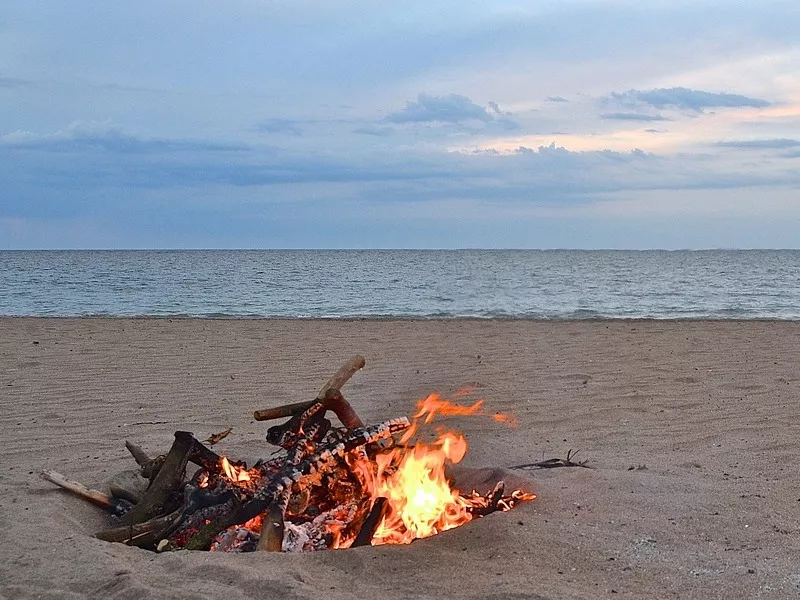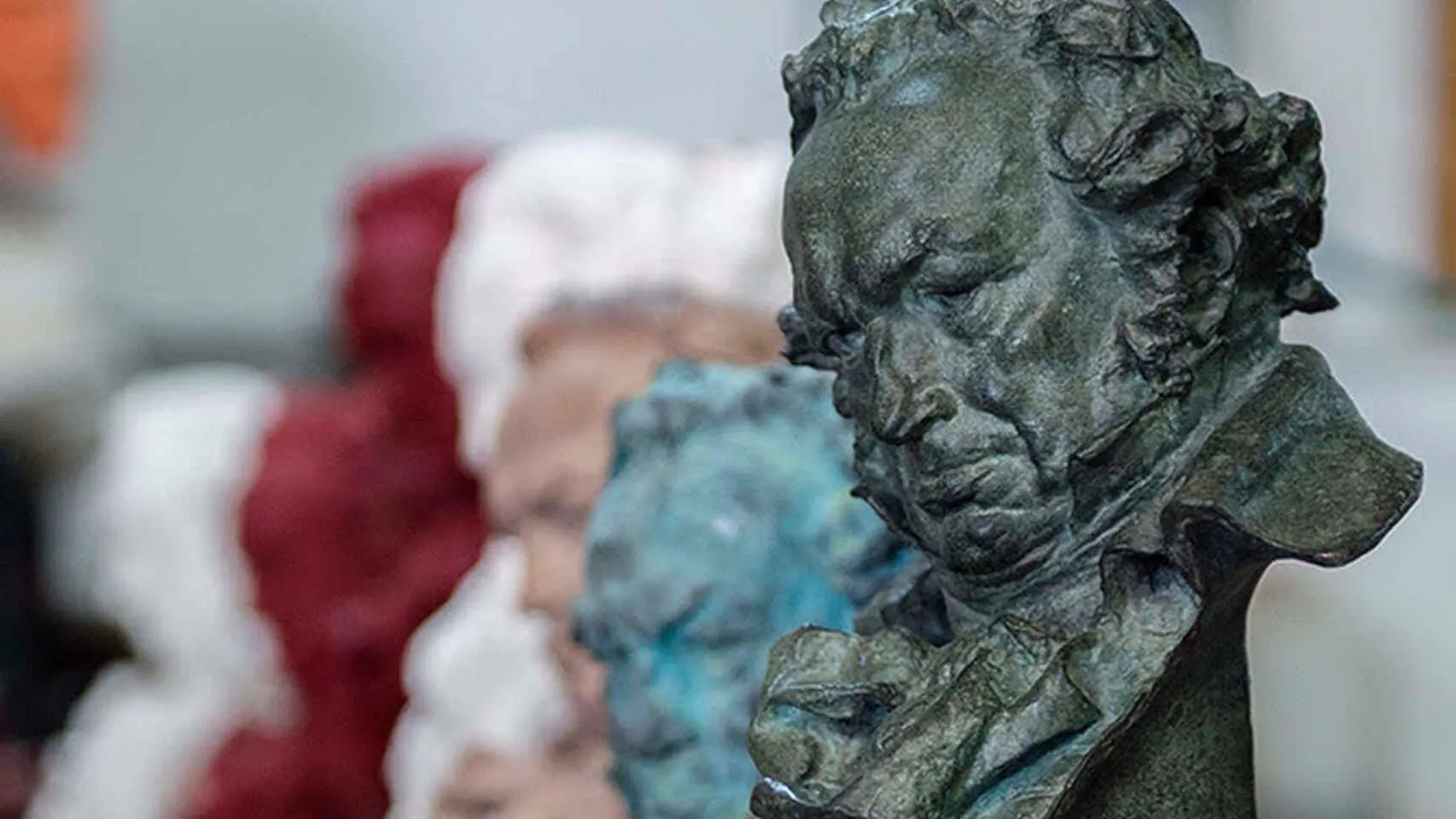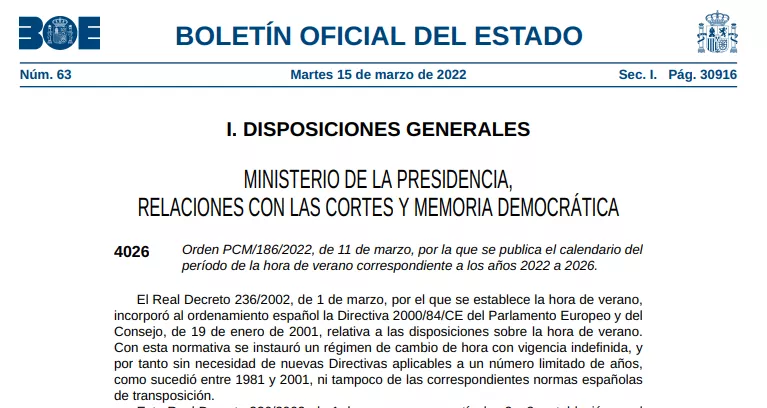La Noche de San Juan, celebrada cada año la noche del 23 de junio, es una festividad mágica y llena de tradiciones que se lleva a cabo en diferentes partes del mundo. Esta festividad tiene sus raíces en antiguos rituales paganos relacionados con el solsticio de verano y ha perdurado a lo largo del tiempo como una celebración llena de encanto y significado.
La historia de la Noche de San Juan se remonta a miles de años atrás, a las antiguas civilizaciones que adoraban al sol y celebraban el solsticio de verano como un momento de renovación y fertilidad.
Origen de la Noche de San Juan
La Noche de San Juan tiene sus raíces en antiguas tradiciones paganas relacionadas con el solsticio de verano, que es el momento en que el sol alcanza su punto más alto en el cielo y marca el comienzo del verano en el hemisferio norte. Estas celebraciones estaban vinculadas a la adoración del sol ya la veneración de la naturaleza y sus ciclos.
En muchas culturas antiguas, el solsticio de verano era considerado un momento mágico y poderoso. Se creía que durante esta época del año, la naturaleza estaba en plena fertilidad y abundancia, y que los poderes sobrenaturales estaban especialmente activos. Se realizarán rituales y ceremonias para honrar y celebrar esta energía renovadora.
Con la llegada del cristianismo, muchas de estas festividades paganas fueron incorporadas y adaptadas por la Iglesia Católica. El 24 de junio se celebra el nacimiento de San Juan Bautista, quien según la tradición cristiana fue el precursor de Jesucristo. La Noche de San Juan se establece como una forma de conmemorar este evento religioso ya la vez preservar ciertos elementos de las antiguas celebraciones paganas.
La Iglesia intentó cristianizar las antiguas costumbres relacionadas con el solsticio de verano, y así surgieron nuevas tradiciones y rituales que combinaban elementos religiosos con prácticas populares. Por ejemplo, las hogueras, que originalmente se encendían para ahuyentar a los malos espíritus y dar fuerza al sol, se concluyen en hogueras festivas en honor a San Juan. Se cree que estas hogueras tienen el poder de purificar y proteger contra los males.
¿Quién fue San Juan?
San Juan Bautista es una figura importante en el cristianismo y se le considera uno de los santos más destacados. Según la tradición cristiana, San Juan Bautista fue un profeta y predicador que vivió en los tiempos del Nuevo Testamento. Es reconocido como el precursor de Jesucristo y desempeñó un papel crucial en su ministerio.
Juan Bautista nació en el primer siglo D.C en la región de Judea, que en ese entonces formaba parte del Imperio Romano. Era hijo de Zacarías, un sacerdote del Templo de Jerusalén, y de Isabel, quien era pariente de María, la madre de Jesús. Según el relato bíblico, su nacimiento fue anunciado por el ángel Gabriel y se dice que estuvo lleno del Espíritu Santo desde el vientre de su madre.
San Juan Bautista es conocido por su papel como predicador y bautista. Su mensaje principal era el llamado al arrepentimiento ya la preparación para la venida del Mesías. Juan realizó bautismos simbólicos en el río Jordán, donde invitaba a las personas a confesar sus pecados ya recibir el bautismo como señal de purificación y renovación espiritual.
Uno de los momentos más significativos en la vida de Juan Bautista fue cuando bautizó a Jesús en el río Jordán. Según los evangelios, al bautizar a Jesús, vio el Espíritu Santo descender sobre Él en forma de paloma y escuchó la voz de Dios.
Juan Bautista fue reconocido por su valentía y su compromiso con la verdad, lo que le ganó el respeto y la atención de muchas personas. Sin embargo, también tuvo enfrentamientos con las autoridades religiosas y políticas de su tiempo. Fue encarcelado por Herodes Antipas, gobernante de Galilea y Perea, debido a su crítica pública a la relación adúltera de Herodes con Herodías, la esposa de su hermano.
Trágicamente, Juan Bautista fue ejecutado por orden de Herodes como resultado de un pacto hecho durante una fiesta en la que la hija de Herodías, Salomé, bailó ante el rey y le pidió la cabeza de Juan Bautista. Su muerte ocurrió aproximadamente alrededor del año 30 D.C
Tradiciones en la Noche de San Juan
Una de las características más destacadas de la Noche de San Juan son las hogueras. Encender grandes hogueras es una tradición arraigada en muchas culturas y se cree que tiene el poder de purificar y ahuyentar los malos espíritus. La gente se reúne alrededor de las hogueras, cantando y bailando, compartiendo historias y disfrutando de la compañía de amigos y familiares. Algunas personas incluso saltan sobre las llamas, creyendo que esto les traerá buena suerte y protección durante el próximo año.
Otra tradición popular durante la Noche de San Juan es el baño en el mar. Muchas personas se sumergen en las aguas del océano, ríos o lagos, creyendo que esto les purificará y les traerá buena suerte. En algunas culturas, también se dice que el agua de la Noche de San Juan tiene propiedades curativas y se recoge para usarla en rituales o para bañarse durante todo el año.
La Noche de San Juan también está asociada con la magia y las supersticiones. Se cree que esta noche los velos entre el mundo humano y el mundo espiritual se vuelven más delgados, lo que facilita la comunicación con los seres sobrenaturales. Muchas personas realizan rituales y hechizos para atraer el amor, la prosperidad o la protección. Se cree que los deseos y los sueños expresados durante esta noche tienen más posibilidades de hacerse realidad.
En diferentes regiones del mundo, la Noche de San Juan se celebra de manera única y especial. En España, por ejemplo, la festividad es especialmente popular en las costas mediterráneas y se conoce como la "Verbena de San Juan". Las playas se llenan de gente que disfruta de la música, los fuegos artificiales y los banquetes al aire libre. En otros lugares, como Escandinavia, se realizan rituales que involucran la danza alrededor de un poste adornado con flores y cintas, conocido como el "maypole".
La Noche de San Juan es una festividad que ha sobrevivido al paso del tiempo y se ha adaptado a diferentes culturas y creencias.





